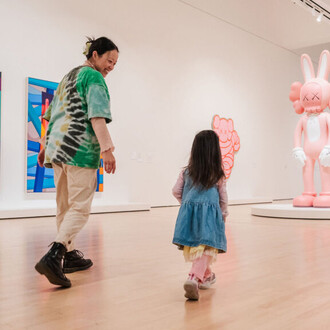Ancient Art has been an integral part of the Legion of Honor and the de Young since they were founded. Antiquities were considered essential to any museum in the early 20th century, and both M. H. de Young, founder of the de Young, and Alma Spreckels, founder of the Legion of Honor, furnished their institutions with a variety of ancient objects.
The works they brought to the museums and those that have been added over the years cover a broad geographical and chronological range across the ancient Mediterranean basin—primarily Egypt, the Near East, Greece, the Aegean Islands, Etruria, and Rome. One of the earliest and largest gifts of ancient art was a group of antiquities received by Spreckels from Elisabeth, the Queen of Greece.
The collection is housed at the Legion of Honor, both in the Hall of Antiquities and in a mummy room in Gallery 1. It contains a number of rare works of high quality and importance from Egypt, the Near East, Greece, and Rome. Splendid examples of art from these early civilizations, spanning more than 5,000 years, provide the foundation for the understanding of Western art and the procession of cultures through the ages. Ancient art objects on view at the Legion feature a wide gamut of sculptures, figurines, vessels, jewelry, and carved reliefs made of diverse materials, such as marble and other stones, bronze, gold, ivory, terracotta, wood, and glass.
Notable works include an Assyrian stone relief and carved ivories from the ancient site of Nimrud, an Achaemenid Persian wall relief from the palace of Darius in Persepolis, Egyptian mummies, coffins, and a 4,000-year-old carved wood figure of Seneb, the Egyptian royal scribe, as well as classical marble sculptures and painted vases.
















